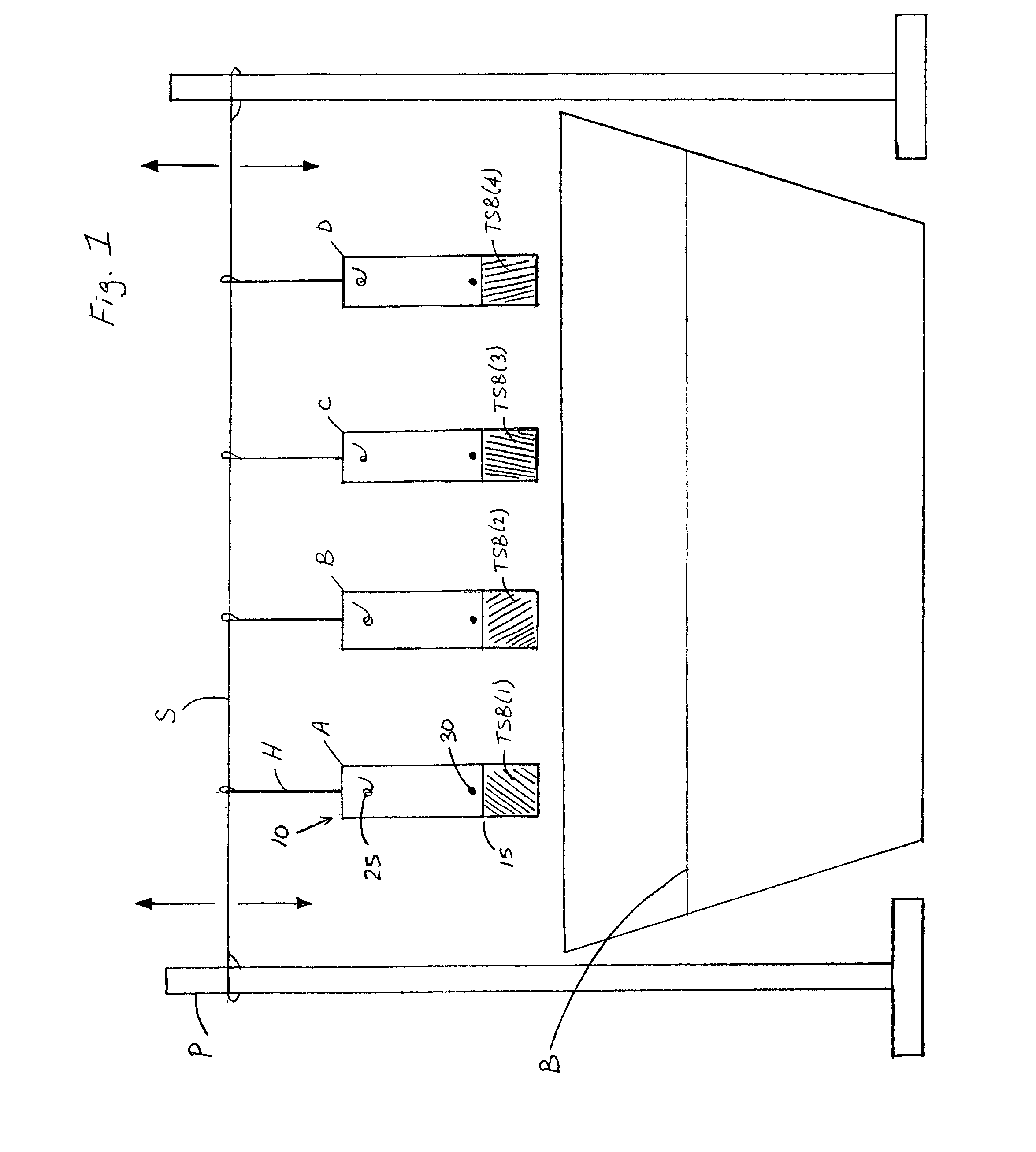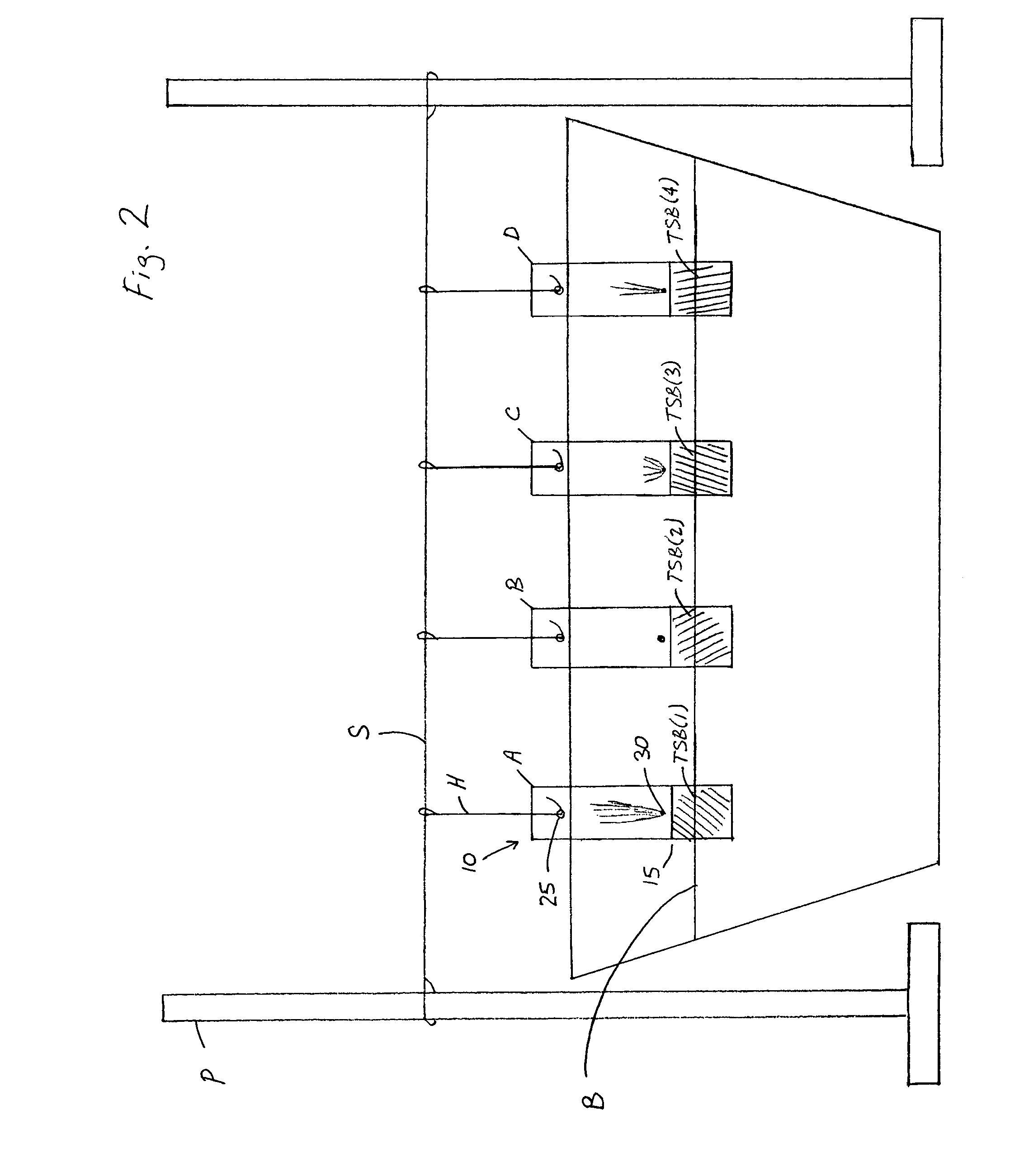Topical skin barriers and methods of evaluation thereof
a technology of skin barrier and skin barrier, applied in the field oftopical skin barrier and its evaluation method, can solve the problems of skin breakdown, skin breakdown, skin condition to be visually assessed, etc., and achieve the effects of simple and effective in vitro, detection transparency, and adhesion to skin
- Summary
- Abstract
- Description
- Claims
- Application Information
AI Technical Summary
Benefits of technology
Problems solved by technology
Method used
Image
Examples
example 1
[0017]25.0 grams of karaya gum is added to 74.5 grams of melted petrolatum. The two are mixed with a spatula. 0.5 grams of tocopheryl acetate is added and the mixture is spatulated and cooled to room temperature. This mixture adheres well in the presence of synthetic urine and provides a good barrier to moisture. However, the mixture is dark in color due to the karaya gum.
example 2
[0018]25.0 grams of cellulose gum is added to 74.5 grams of melted petrolatum. The two are mixed with a spatula. 0.5 grams of tocopheryl acetate is added and the mixture is spatulated and cooled to room temperature. This mixture adheres well in the presence of synthetic urine and provides a better moisture barrier than example 1. The mixture is lighter in color than example 1 but is still slightly dark.
example 3
[0019]25.0 grams of WATER LOCK® G-430 superabsorbent polymer is added to 74.5 grams of melted petrolatum. The two are mixed with a spatula. 0.5 grams of tocopheryl acetate is added and the mixture is spatulated and cooled to room temperature. This mixture does not adhere well in the presence of synthetic urine.
PUM
| Property | Measurement | Unit |
|---|---|---|
| weight | aaaaa | aaaaa |
| transparent | aaaaa | aaaaa |
| adhesion | aaaaa | aaaaa |
Abstract
Description
Claims
Application Information
 Login to View More
Login to View More - R&D
- Intellectual Property
- Life Sciences
- Materials
- Tech Scout
- Unparalleled Data Quality
- Higher Quality Content
- 60% Fewer Hallucinations
Browse by: Latest US Patents, China's latest patents, Technical Efficacy Thesaurus, Application Domain, Technology Topic, Popular Technical Reports.
© 2025 PatSnap. All rights reserved.Legal|Privacy policy|Modern Slavery Act Transparency Statement|Sitemap|About US| Contact US: help@patsnap.com


